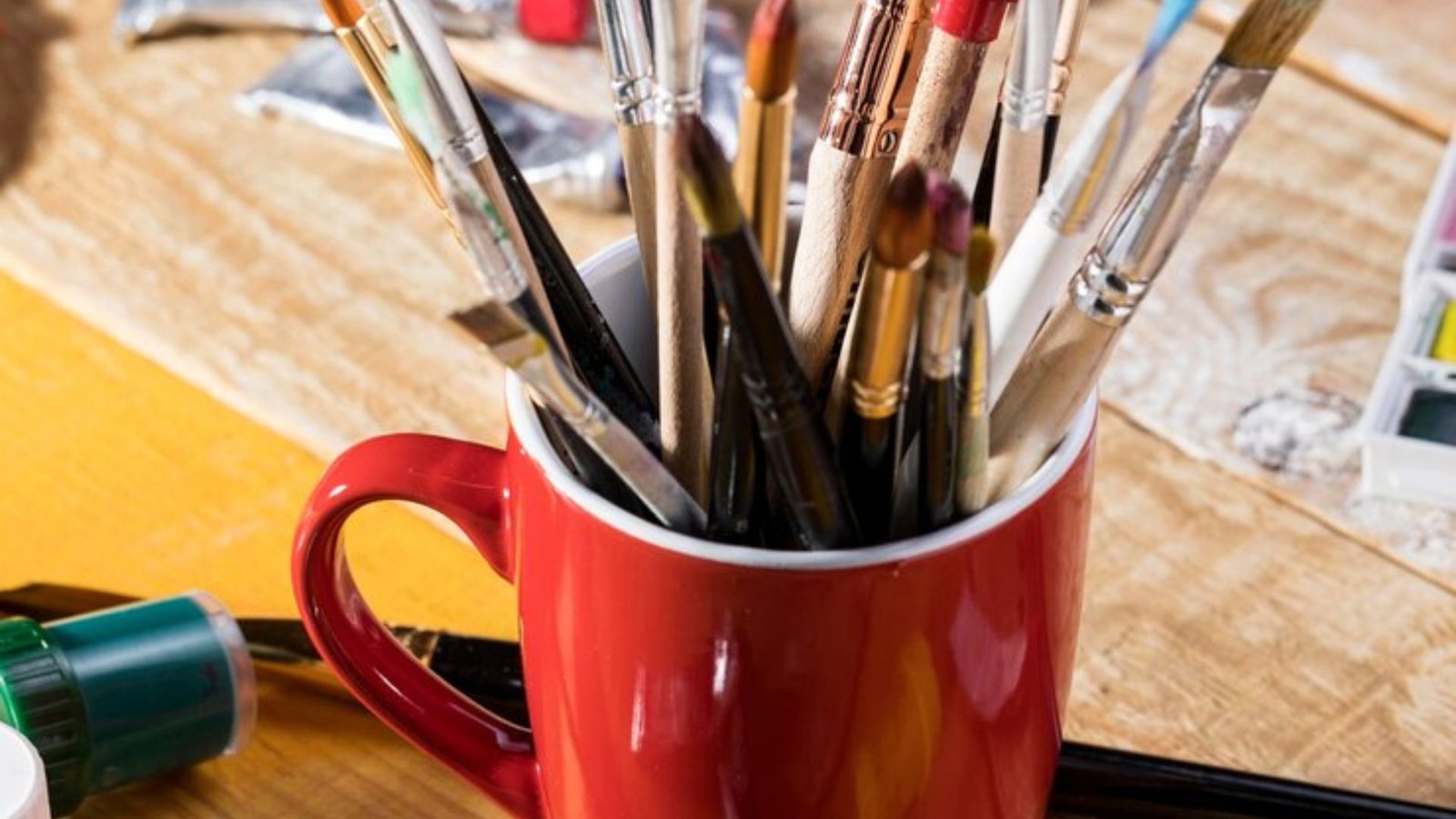|
Getting your Trinity Audio player ready...
|
Art or crafting, as a medium of human expression, encompasses a spectrum of forms that have evolved and flourished across different cultures and periods. Beyond the conventional categories, crafting continues to evolve, interweaving traditions with contemporary perspectives. This comprehensive exploration unveils the different types of art, celebrating the kaleidoscopic nature of creative expression.

1. Visual Arts
Traditional Canvases
Visual arts, anchored in the timeless practice of painting and drawing, serve as an eloquent expression of the artist’s vision. The brushstrokes of famous paintings, such as Leonardo da Vinci’s “Mona Lisa” or Van Gogh’s “Starry Night,” transcend time, invoking emotions and sparking contemplation.
Contemporary Expressions
The visual arts have evolved to embrace diverse styles, from abstract and conceptual art to digital illustrations. Contemporary artists employ unconventional mediums, pushing the boundaries of traditional norms and challenging viewers to perceive art in new and innovative ways.
Digital Revolution
The advent of digital platforms has given rise to new forms of visual art, including digital paintings, pixel crafting, and interactive media. Artists harness technology to explore novel avenues of creativity, blurring the lines between traditional and digital art.
2. Sculpture
Classical Marvels
Sculpture, rooted in ancient traditions, brings art to life in three-dimensional form. Classical sculptures, like Michelangelo’s “David” or Rodin’s “The Thinker,” showcase the mastery of transforming raw materials into emotive and enduring pieces that stand as testaments to human creativity.
Modern Sculptural Trends
Contemporary sculptors experiment with materials, sizes, and concepts, blurring the lines between abstraction and representation. Installations and kinetic sculptures redefine spatial engagement, inviting viewers to participate in the artistic experience actively.
Sustainable Sculpture
A growing trend in sculpture involves using sustainable materials, reflecting a commitment to environmental consciousness. Artists repurpose materials, create ephemeral installations, and explore eco-friendly approaches, contributing to the discourse on art and sustainability.
3. Performing Arts
Expressive Movements
Dance, as a performing art, employs the human body as a vessel for storytelling and emotional expression. From classical ballet to modern dance forms, choreographers use movement to communicate narratives, cultural stories, and personal reflections.
Theatrical Narratives
Theatre, a collaborative art form, combines acting, music, and stage design to craft immersive experiences. The diverse genres, from classical plays to experimental avant-garde performances, provide a platform for exploring the human condition and societal themes.
Digital Performances
The digital age has ushered in innovative forms of performing arts, including virtual dance performances and online theatre productions. Technology expands the reach of performances, transcending geographical boundaries and democratizing access to the arts.
4. Literary Arts
Poetic Rhythms
Literary arts, represented by poetry and prose, delve into the nuances of language to convey emotions, ideas, and stories. Poets craft verses that resonate with rhythm and imagery, offering readers a sensory experience through the written word.
Narrative Richness
Prose, whether in novels, short stories, or essays, extends the narrative possibilities. Authors use language as a palette to paint intricate worlds, inviting readers to embark on intellectual and emotional journeys.
Interactive Narratives
The digital era has given rise to interactive literature, where readers actively engage with the narrative. Interactive fiction and storytelling apps redefine the traditional boundaries of literary expression, fostering dynamic reader-author interactions.
5. Decorative Types of Art
Functional Aesthetics
Decorative arts merge aesthetic sensibilities with functionality, transforming everyday objects into works of art. From intricately designed pottery to finely crafted textiles and jewellery, these art forms celebrate the marriage of form and function.
Cultural Imprints
Artists in the decorative arts often draw inspiration from cultural motifs and historical influences, infusing their creations with layers of meaning. This interplay between utility and aesthetics enhances the significance of everyday items.
Innovations in Design
Contemporary designers merge technology and artistry, creating functional yet aesthetically captivating objects. From modern furniture design to sustainable architecture, the decorative arts continue to evolve with a focus on innovation and cultural relevance.
The Evolving Tapestry of Art
Art is not confined to rigid categories but thrives on innovation and adaptation. In contemporary times, artists increasingly explore interdisciplinary approaches, blending multiple forms to create hybrid expressions. Installations, multimedia artworks, and digital collaborations exemplify the dynamic evolution of artistic practices.
Embracing Art’s Fluidity
As we navigate the diverse landscape of art, it becomes evident that these forms are not mutually exclusive. Artists seamlessly traverse boundaries, incorporating elements from various disciplines to craft unique and hybrid expressions. This fluidity in artistic exploration mirrors the complexity and interconnectedness of our globalized world.
Art as a Reflection of Humanity
In essence, the myriad types of art collectively narrate the story of human creativity and resilience. Each stroke, movement, or word contributes to the vast tapestry of our cultural heritage, fostering connection, understanding, and appreciation.
Conclusion
In conclusion, types of art is a vibrant tapestry woven with threads of creativity, cultural influences, and human expression. From the timeless classics that grace museum walls to the avant-garde installations challenging contemporary norms, art invites us to contemplate, feel, and engage with the essence of what it means to be human. As we traverse the diverse landscapes of artistic expression, let us celebrate the boundless spirit of creativity that continues to shape our world.
You might also be interested in the following:

